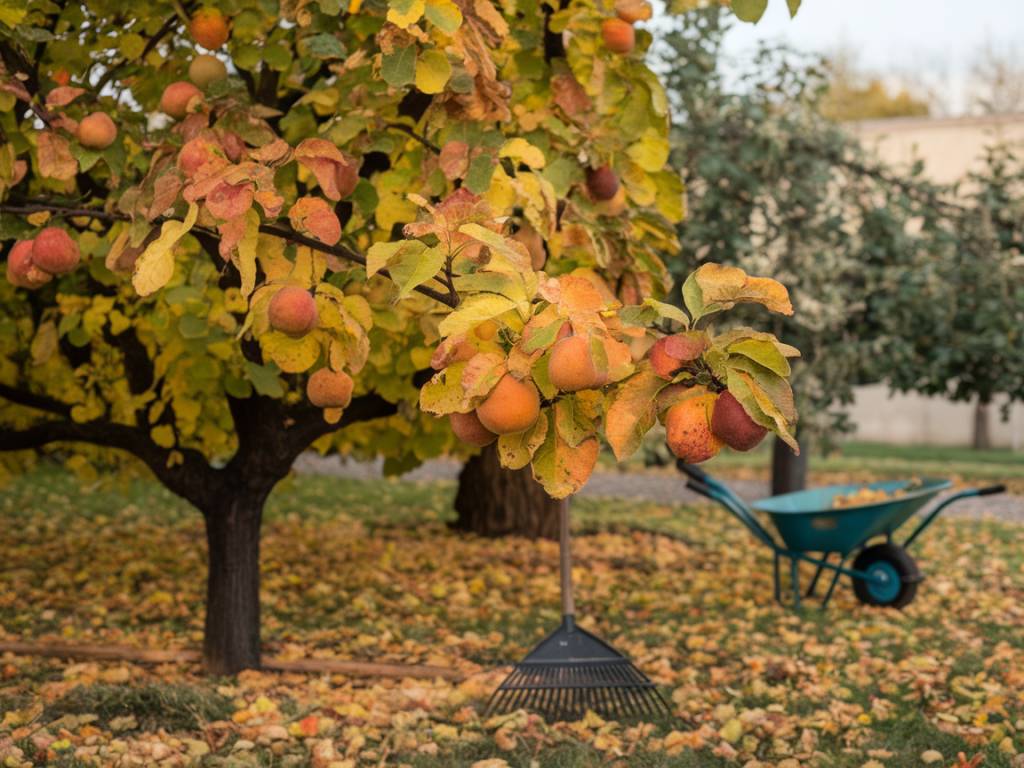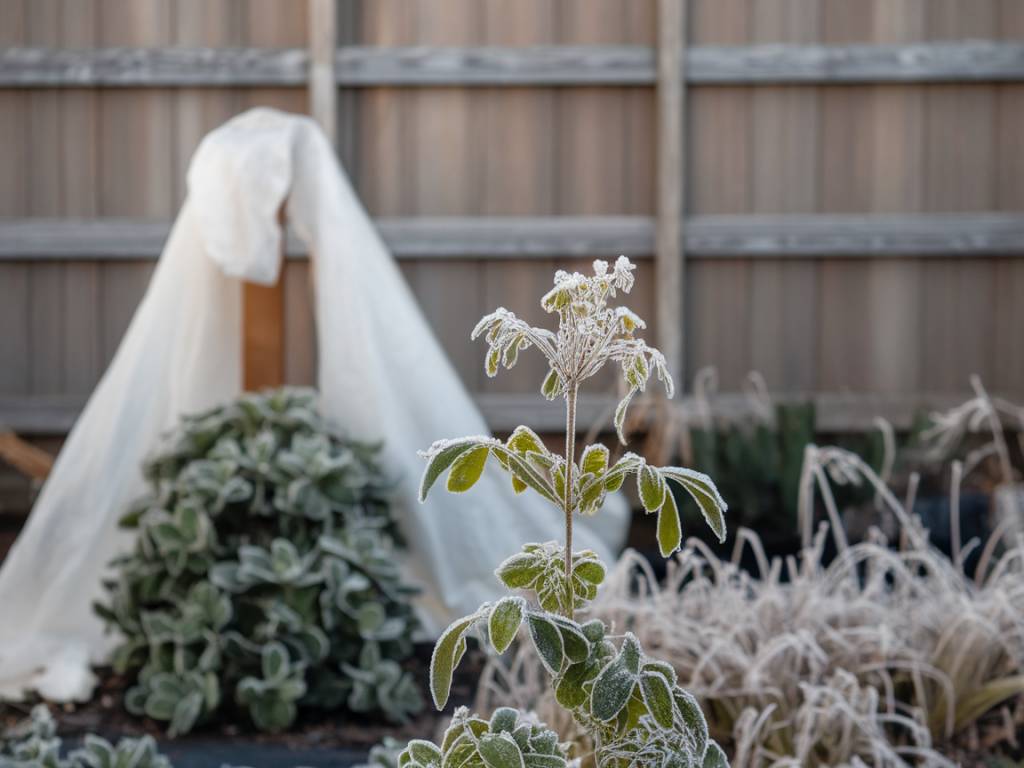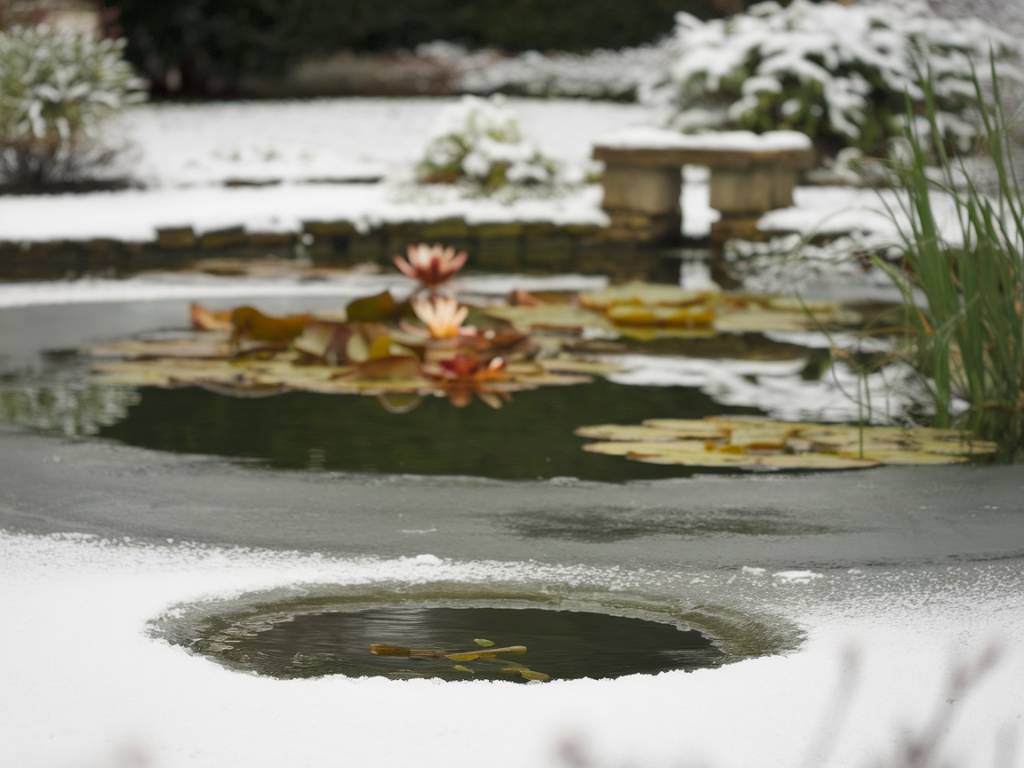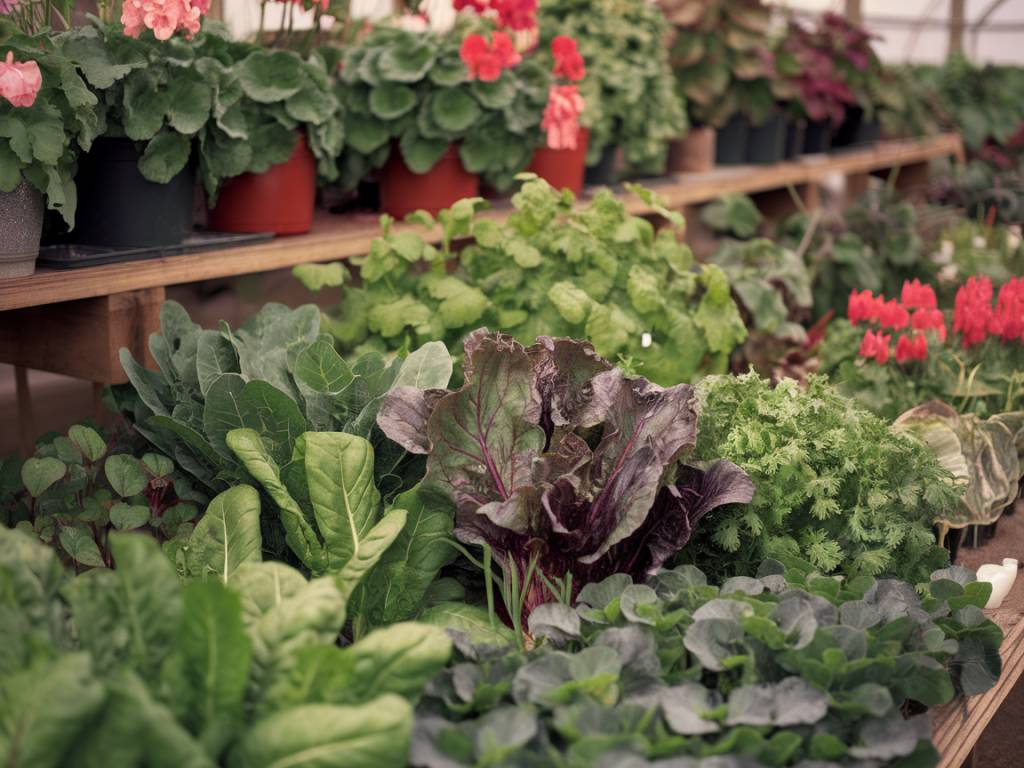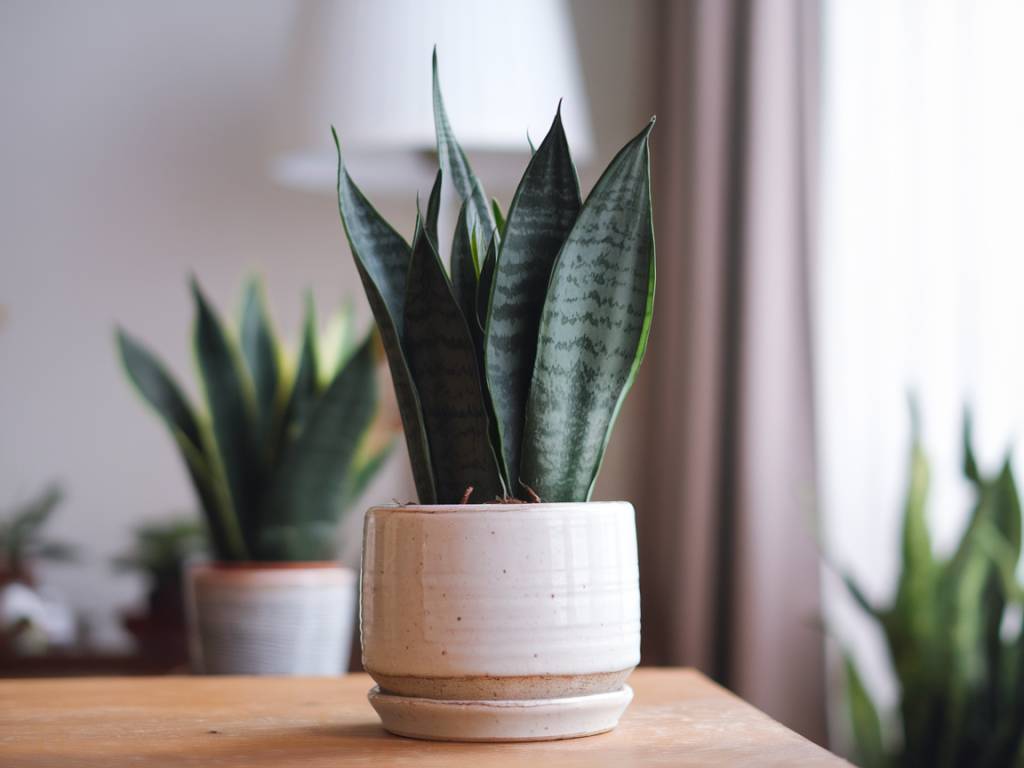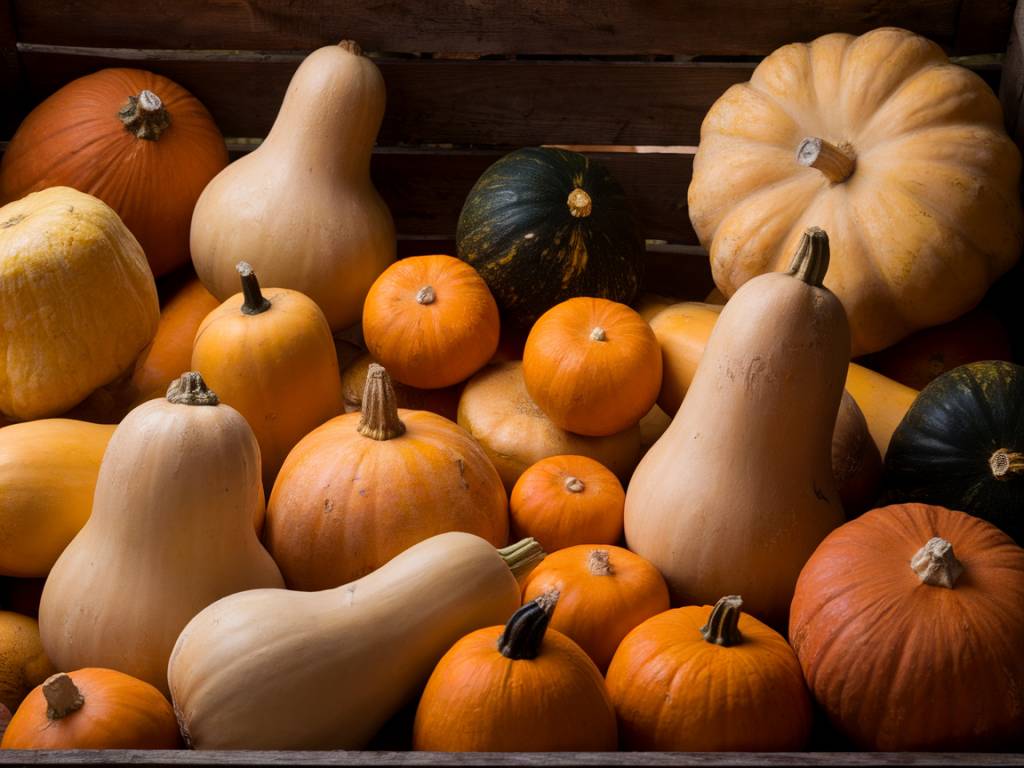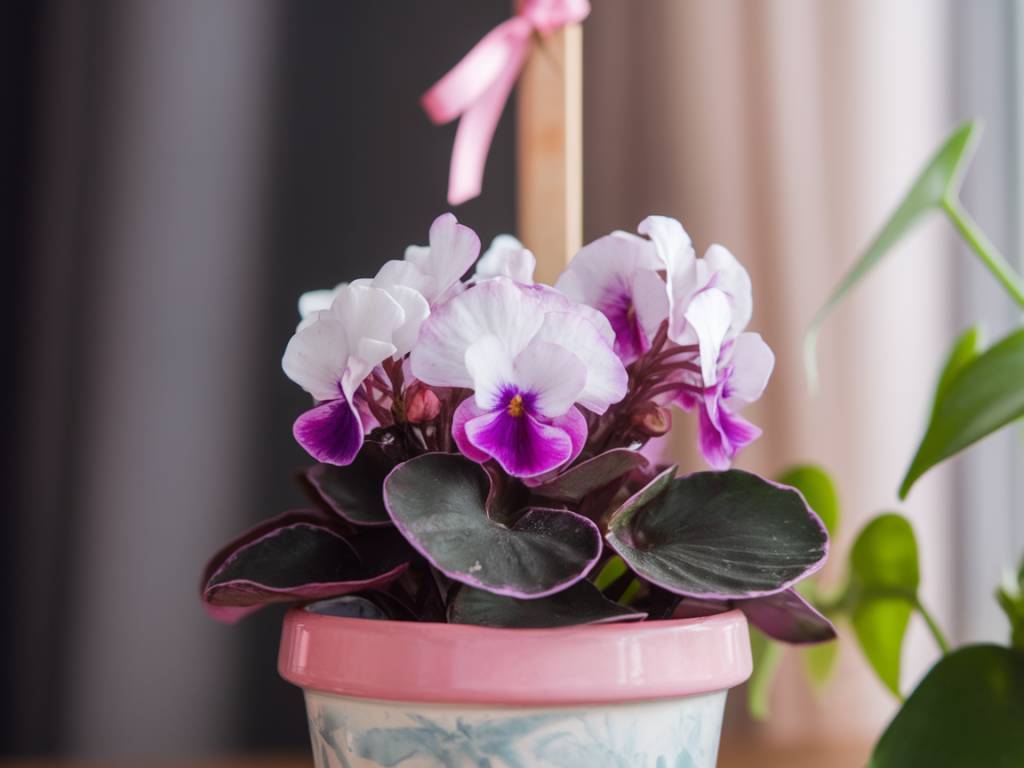Examine Your Trees
Before doing anything else, I always like to begin by thoroughly examining each of my fruit trees. This helps me understand their current condition and identify any potential problems that need attention. Look for signs of disease, pest infestations, or physical damage. This is also an excellent time to note if any branches are out of shape or crossing each other, which could be problematic.
Prune Wisely
Once I’ve assessed the trees, I grab my pruning shears and get to work. Winter pruning is essential for maintaining tree health and encouraging fruitful growth. Here are a few tips:
- Remove any dead or diseased wood. This helps to prevent the spread of diseases and allows the tree to focus its energy on healthy growth.
- Eliminate any crossing branches or those growing inward. This improves air circulation and light penetration, which are vital for a healthy tree.
- Shape the tree to ensure balanced growth. Avoid heavy pruning; instead, aim for a gentle shaping.
Mulch Generously
Mulching is one of my favourite winter preparation activities. It provides numerous benefits, such as retaining soil moisture, protecting roots from frost, and adding nutrients to the soil as it decomposes. Here’s how you can do it:
- Apply a thick layer of organic mulch around the base of the tree. I usually aim for around 3-4 inches deep.
- Ensure the mulch is spread out to the tree’s drip line, the area directly beneath the outer circumference of the tree branches.
- Avoid piling mulch against the tree trunk to prevent rot and pest issues.
Water Judiciously
Even though it might seem counterintuitive, it’s important to water your fruit trees appropriately before the long winter. Trees, like all plants, need water to survive, especially before they enter dormancy. Here’s my approach:
- Water deeply and thoroughly during the fall, especially if you’ve had a dry spell. This helps to ensure the trees have ample moisture.
- Avoid watering too late in the autumn to prevent excess moisture, which could lead to root rot when the temperatures drop.
Protect the Trunks
Young fruit trees can benefit from a bit of extra trunk protection during the cold months. Here’s what I’ve found effective:
- Wrap the trunk with a tree wrap or use a light-coloured tree paint. This helps protect the bark from sunscald and frost cracks.
- Another option is using a physical barrier like a wire mesh to guard against rodents and other small animals that might gnaw at the trunk.
Inspect and Clean Up
Once the trees are pruned and mulched, I take some time to clean up around the garden. Fallen leaves, fruit, and debris can harbour pests and diseases, so it’s best to remove them. Here are my steps:
- Rake up fallen leaves and remove any mummified fruit still hanging on the trees.
- Clean up all debris from around the base of the trees and add it to the compost pile, if it’s disease-free.
Check Soil Health
Winter is an excellent time to test the soil and amend it as necessary. I usually send a soil sample to a lab for a detailed analysis. However, you can also use home test kits. Here’s what I do after receiving the results:
- Adjust soil pH if needed. Most fruit trees prefer slightly acidic to neutral pH levels.
- Amend the soil with well-rotted compost or manure. This not only improves soil structure but also adds essential nutrients.
- Add any necessary minerals or nutrients based on the soil test recommendations.
Apply Organic Sprays
To prevent overwintering pests and diseases, I often apply organic dormant sprays. These are especially helpful for fruit trees that may have struggled with pests or disease during the growing season. How I approach it:
- Choose an appropriate organic spray, such as horticultural oil or a copper fungicide, depending on the specific issues your trees might have faced.
- Apply the spray according to the manufacturer’s instructions, ensuring thorough coverage of the trunk and branches.
Reflect and Plan
As I wrap up my winter preparations, I like to take some time to reflect on the past growing season. I consider what worked well, what didn’t, and how I can improve for the upcoming year. Here’s how I approach my reflection and planning:
- Note any pest or disease issues and whether the treatments were effective.
- Consider the overall health and productivity of the trees and what changes might be needed.
- Plan out new plantings or expansions in the orchard for the coming spring.
By taking these steps, I ensure that my fruit trees are well-prepared to survive the winter and thrive in the coming growing season. Winter dormancy is a time of rest and renewal for our trees, and with a bit of attention and care, we can help them emerge strong and healthy when the warmth of spring returns.
Happy gardening!
Samanta

